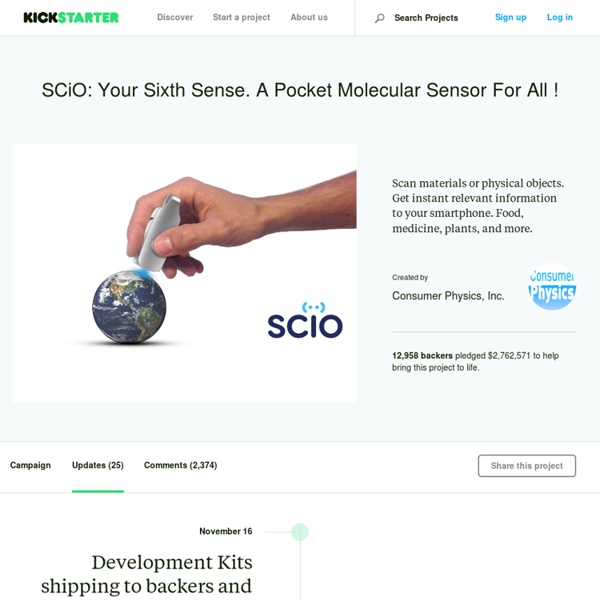



This Scientific Breakthrough May Have Laid The Groundwork For Human Teleportation Dutch scientists have unlocked the secret to the sci-fi phenomenon of teleportation, successfully causing an atom to vanish and reappear nearly 10 feet away. The Irish Times reports that a team led by Professor Ronald Hanson of Delft University conducted a demonstration in which information encoded into sub-atomic particles was teleported between two points with 100 percent accuracy for the very first time. Hanson says that, if a particle can be teleported, there’s no reason to believe the same cannot be done for a human being. He explained, If you believe we are nothing more than a collection of atoms strung together in a particular way, then in principle it should be possible to teleport ourselves from one place to another. The technology used will be put towards creating a system of quantum computers that can process information at lightning speed compared even to today’s most advanced computers. He said, This information is stored on “qubits,” the quantum equivalent of the digital bit.
30 Years After Chernobyl’s Meltdown, Gripping Photos Expose the Human Fallout | Raw File On April 26, 1986, operators in this control room of reactor #4 at the Chernobyl Nuclear Power Plant committed a fatal series of errors during a safety test, triggering a reactor meltdown that resulted in the world's largest nuclear accident to date. [Chernobyl Nuclear Power Plant, Ukraine 2011] Gerd Ludwig/INSTITUTE On April 26, 1986, operators in this control room of reactor #4 at the Chernobyl Nuclear Power Plant committed a fatal series of errors during a safety-test, triggering a reactor meltdown that resulted in the world's largest nuclear accident to date. Workers wearing plastic suits and respirators for protection pause briefly on their way to drill holes for support rods inside the shaky concrete sarcophagus, a structure hastily built after the explosion to isolate the radioactive rubble of Reactor #4. When Soviet authorities finally ordered the evacuation, the residents' hasty departure often meant leaving behind their most personal belongings.
Amazing Rust.com - Bismuth Crystals How to make Bismuth crystals Bismuth Crystals Bismuth (element #83 on the periodic table) forms beautifully colored and geometrically intricate hopper crystals, shown in the image to the left, as it slowly cools and solidifies from its molten state. The distinctive, 'hoppered', shape of a Bismuth crystal results from a higher growth rate around its outer edges than on its inside face. The higher rate of growth on the edges forms a crystal which appears to be partially hollowed out in a rectangular-spiral stair step design. The crystal's eye-catching array of colors results from the formation of a thin oxide layer on its surface. Growing Bismuth Crystals In order to grow high quality crystals, very pure Bismuth metal must be used. Another important factor which affects the quality and size of Bismuth crystals is the cooling time. Depending on the volume of Bismuth used, a variety of containers are suitable to hold the Bismuth while it melts. Pictures of large Bismuth crystals